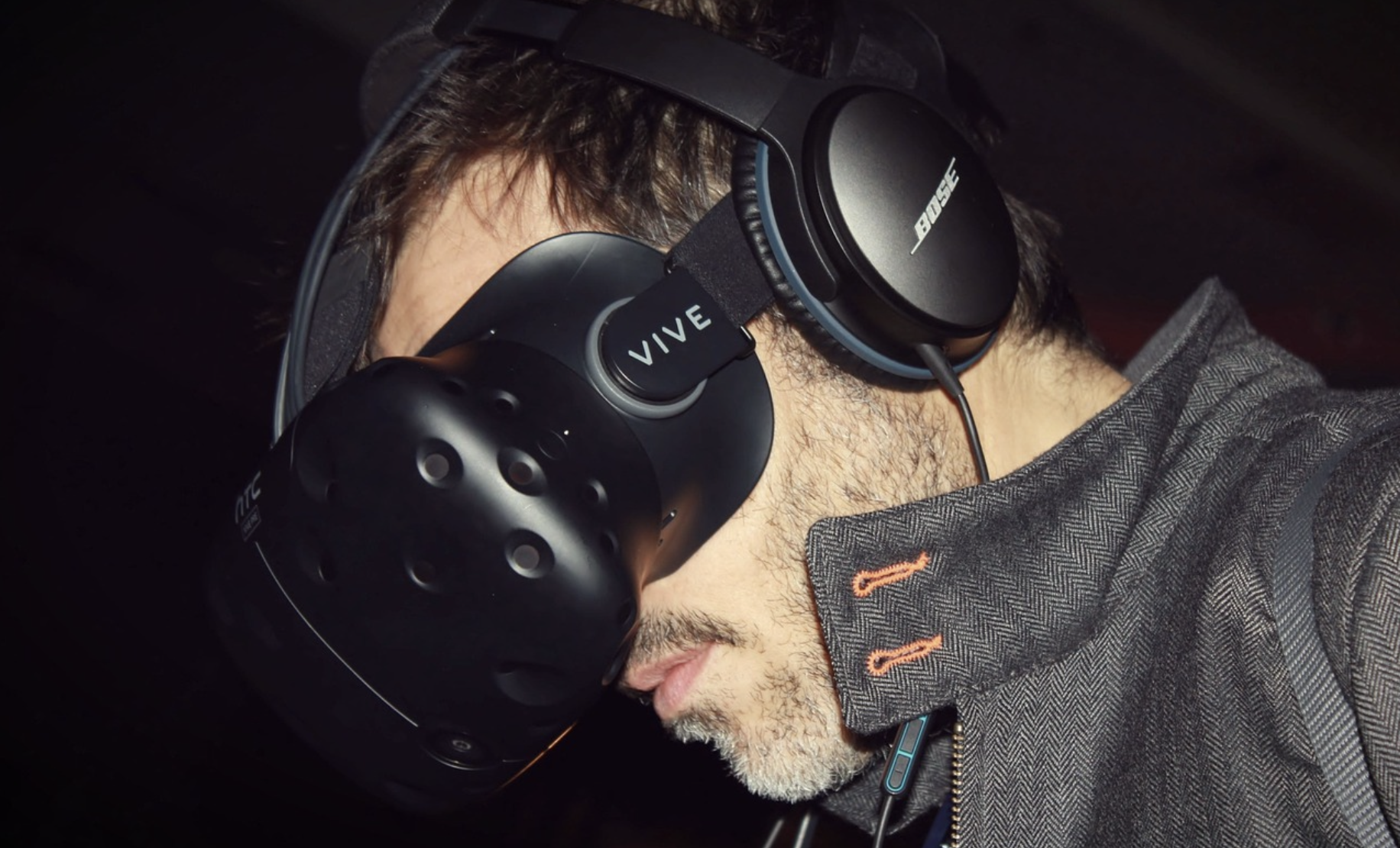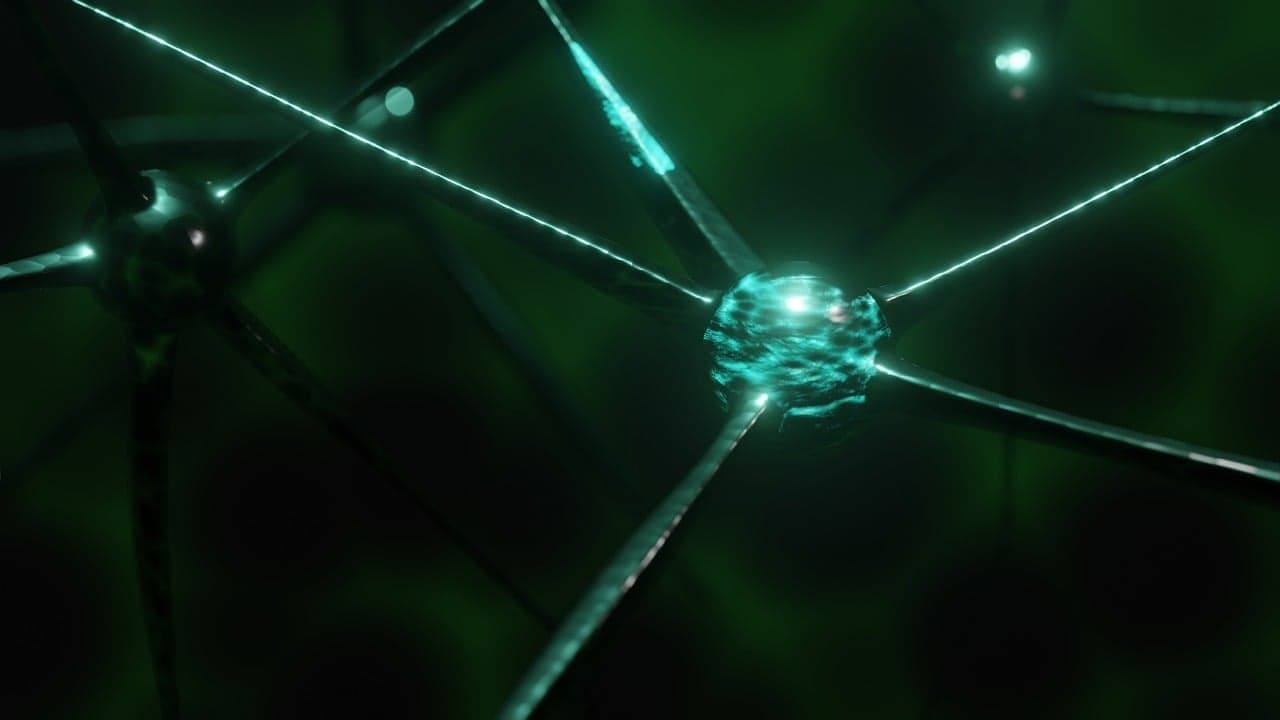
Researchers from the Technical University of Denmark (DTU) and Danish hospital Rigshospitalet in Copenhagen have discovered a way to improve the sound experience for the deaf or hearing impaired through virtual training with the help of the signals their implant sends to the brain, as announced in a press release.
Virtual reality for hearing
Virtual reality is not only about vision, but hearing as well. In a research collaboration, DTU and Rigshospitalet are developing new technologies for patients who are deaf or have severely impaired hearing to improve the way signals from their hearing implant are converted by the brain. The project is an example of how co-creation or co-creation across sectors and disciplines contributes to the development of technologies, and how engineers contribute to the development and research of new methods of treatment and analysis.
Using virtual experiences, the researchers will, among other things, simulate the way sounds appear and mix with each other in reality.
There are several examples of Denmark doing well in technology areas where industry, research, and politics have formed a constructive partnership—e.g. wind technology, biotechnology, medicine and health technology—including hearing aids.
“Engineers are crucial to the development of current and future technology,” says Mads Klokker, Senior Physician, Associate Professor and Head of the Copenhagen Hearing and Balance Centre (CHBC) at Rigshospitalet,. Treatment and research into hearing and balance diseases is based on a collaboration between DTU, the University of Copenhagen, patient associations, and the Capital Region of Denmark. Among other things, DTU is helping to develop 3D-printed models for training temple surgery. “We want to build virtual experiences that are similar to real-life sound environments,” says Abigail Anne Kressner, Assistant Professor, DTU Health Tech.
The center is an example of how co-creation or co-creation across sectors and disciplines contributes to the development of world-class technologies. It is also an example of engineers playing a prominent role in the development and research of new methods of treatment and analysis.
“Here we bridge the gap between clinical treatment in the hospital world and world-leading medical research. The clinicians at CHBC have established a long-term collaboration with researchers and engineers from DTU Hearing Systems,” says Mads Klokker.
Virtual hearing rehabilitation
One of the first researchers hired when the center was established was Abigail Anne Kressner, a PhD from the Georgia Institute of Technology and assistant professor at DTU. The position is now divided 50-50 between Rigshospitalet and DTU. In her latest project, Kressner focuses on the rehabilitation of patients with cochlear implant (CI)—an advanced hearing aid for the severely hearing impaired.
Read next: KitMe provides a signal to help the hard-of-hearing
“The cochlear implant sends the sound directly into the auditory nerve, bypassing the part of the ear that is not functioning normally,” explains Kressner. “That’s why the brain gets a new kind of signal, which it must learn to perceive and interpret as sound. It takes training. And there’s a big difference between the perception of sound under controlled conditions in a laboratory or clinic, and the way sounds appear and interfere with each other in reality. Therefore, we want to build virtual experiences that are similar to real-life sound environments.”
It is a particular challenge for people with hearing aids or implants to locate sounds in noisy environments, so doctors, audiologists, and engineers are working together both to develop testing facilities that allow for a better understanding of hearing in the environment and to find workable solutions. In this context, solutions can be new tools for better rehabilitation or methods to provide better individualized adaptation to spatial perception.
Innovative partnership with industry
“It is also unique that we can collaborate with the major manufacturers of hearing aids in Denmark, Demant, GN, and Widex, which are among the best in the world, but also each other’s competitors—and yet we all enjoy everyone’s trust. In doing so, we have established what is known as triple helix—i.e., an innovative collaboration between universities, industry, and the health sector. But it’s a balancing act because we don’t want to be married to the producers either,” says Klokker.
In addition to being financially supported by the Capital Region of Denmark, Rigshospitalet, and a private foundation (the William Demant Foundation), CHBC is also supported by DTU.
“We’re very privileged to benefit from the close cooperation with DTU, which is both impartial and very committed. The development of health technology is entirely dependent on engineers who understand the health challenges and can be included in the clinical research,” says Klokker.
Since Abigail Anne Kressner was hired, the number of associated researchers from DTU has increased to between six and eight as part of the collaboration between Rigshospitalet and award-winning Professor Torsten Dau, Head of Sections, Department of Health Technology at DTU. The centre also collaborates with researchers and universities from other parts of the world.
“We are probably one of five major hubs—or significant hubs—in the world. It is the constellation of having skilled doctors, audiologists, engineers, and facilities that makes it all possible. And then there’s the fact that the North Wing at Rigshospitalet, where CHBC is housed, has just been voted the world’s best health building,” concludes Klokker.
Selected for you!
Innovation Origins is the European platform for innovation news. In addition to the many reports from our own editors in 15 European countries, we select the most important press releases from reliable sources. This way you can stay up to date on what is happening in the world of innovation. Are you or do you know an organization that should not be missing from our list of selected sources? Then report to our editorial team.



